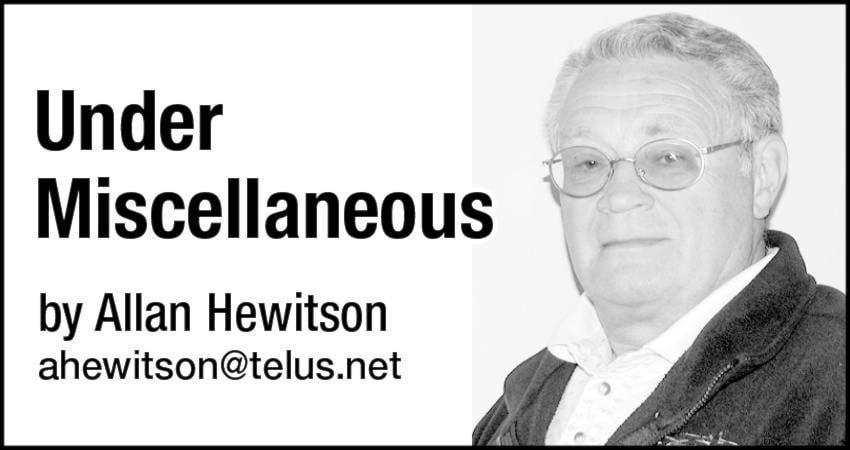There seems to be a great deal of relief across the country that the 43rd Canadian federal election is scheduled to take place on or before October 21, 2019.
The October 21 date of the vote is determined by the fixed-date procedures in the Canada Elections Act which does not preclude the Governor General of Canada from issuing the writs of election at an earlier date.
I dare say, as Canadians look at the general state of affairs in their country, they’ll settle for that – and we can all expect to hear the trickling details of the major parties’ plans for the election campaign itself.
Justin Trudeau has already ruled out an earlier election call so October 21 is likely the date to mark on your calendar.
Now campaign lengths can vary but 36 days has been the minimum since 1996. All that means is there are limitations to spending and certain activities, like advertising during the campaign, which is defined as the time between the issue of the writs — not the dissolution of Parliament — and the date of the election.
But it is safe to assume that the parties are in election campaign mode and have been since last year. Some are more ready than other – the NDP is without a leader in Parliament, which may or may not be determined by the results of a long-awaited by-election in Burnaby, B.C. where party-elected leader Jagmeet Singh has cast his hat into the ring in what might still be a hotly-contested election for the seat vacated by New Democrat, Kennedy Stewart, who resigned in September of 2018.
The Prime Minister, Justin Trudeau clearly did not feel any urgent need to fill the vacancy until pressured by all opposition parties in the House.
Anyway, an easy election win for Singh was quickly forecast when the seemingly-favoured Liberal candidate, Karen Wang, resigned a week or so ago, due to a controversy over an ill-fated internet post about race.
The Liberal Party then announced that former Burnaby MLA, Richard T. Lee will be the candidate for Burnaby South – and the race is on again.
The diversely populated community in Burnaby will have numerous choices for a representative for nine months with candidates for four parties, Conservative, Liberal, NDP, the new People’s Party of Canada and an Independent all sharing the polls.
But there is enough going on in Canada and internationally that you can pretty well look through the many opinion polls and find a dated prediction favouring your own choice for a governing party after October.
Issues are many and extremely wide-ranging and frequently politically divisive.
Foreign policy, particularly between Canada, the U.S. and China, immigration programs, “irregular” border crossers, oil and gas pipelines, future of fossil fuels and so-called clean energy, jobs and technology.
Climate change and carbon taxes appear to be completely intertwined and unendingly complicated, while the impacts of cannabis legalization, federal-provincial relations, inter-provincial issues and a host of smaller irritations guarantee some lively debates.
There’s some interesting discussions on the effects of provincial power exchanges since the 2015 election. Doug Ford’s Ontario Conservatives seem to be moving in directions that displease the federal Liberals.
And if the anticipated results of an Alberta election, on or before May 31 this year, develop as forecast, it will clearly have impacts on the Trudeau cause.
New Brunswick has a Progressive Conservative government, but it is a minority government, which provincial Liberals failed to hold off after the election.
From now till October promises to be a see-saw affair across Canada.
